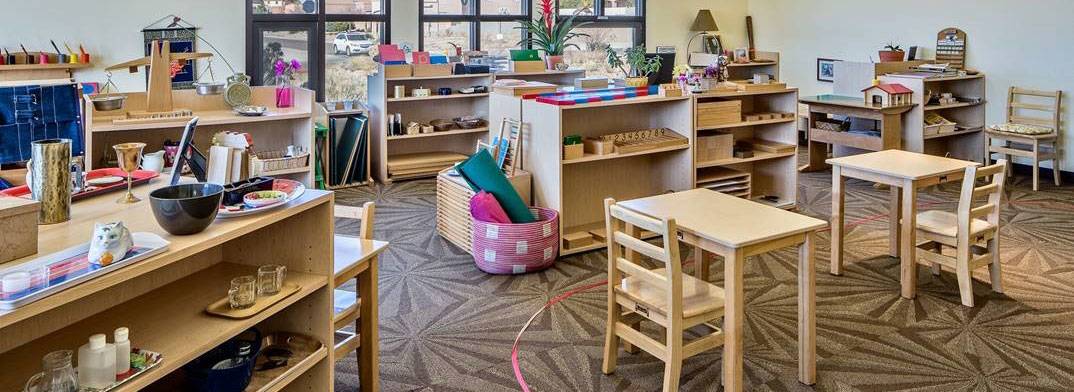The Montessori Environment
In a genuine Montessori school, the environment plays a crucial role. It is tailored to cater to the varying needs, skills, interests, and developmental stages of children in every class. With an adaptable environmental model, alterations can be applied to the physical setup of the classroom to fit the children’s needs optimally. Child-centered materials are used in lessons, or what we term as "Work," providing a hands-on learning approach that strikes the perfect balance between play and exploration. This is what we refer to as the Prepared Environment.
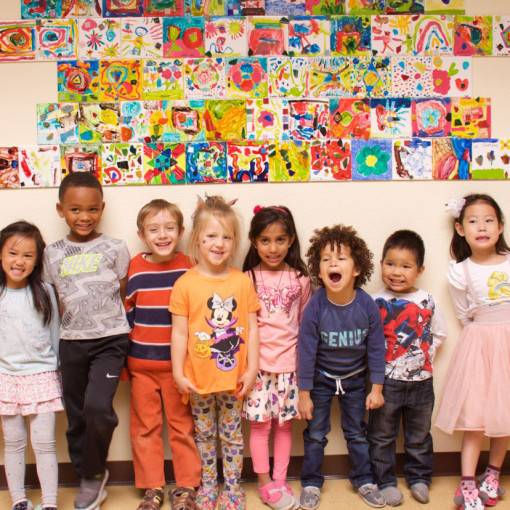
Mixed Age Groups
An integral part of the environment is the community that resides within. Montessori Method builds a “family” unit within each class. As with most families, there is a range of ages that interact. This is also the case in Montessori classrooms where mixed age groupings allow older students to assist younger students and younger students can observe and learn from their older classmates. Children remain together for several years, with fully-developed students moving on to the next age grouping when they demonstrate readiness to do so. Children learn at their own pace and students are not compared against one another.
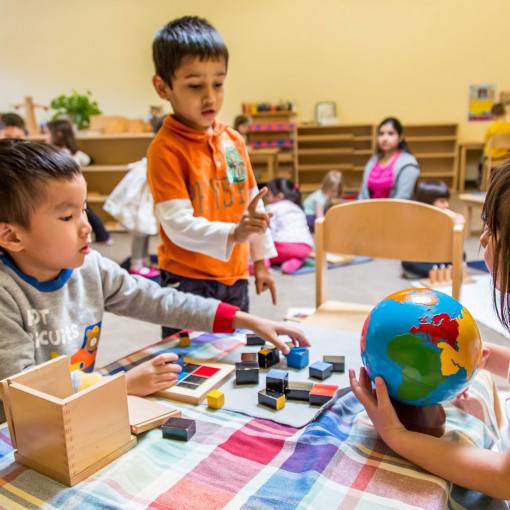
Freedom Within Limits
With the support of Montessori-certified teachers, children experience liberty within established boundaries. They have the option to choose their "work"— a set of engaging, hands-on learning tasks. This "work" is designed to spark curiosity, instill self-drive, and develop self-discipline. Teachers closely interact with students for weeks or even months to cultivate their understanding of the lessons and assess their preparedness for subsequent learning stages.
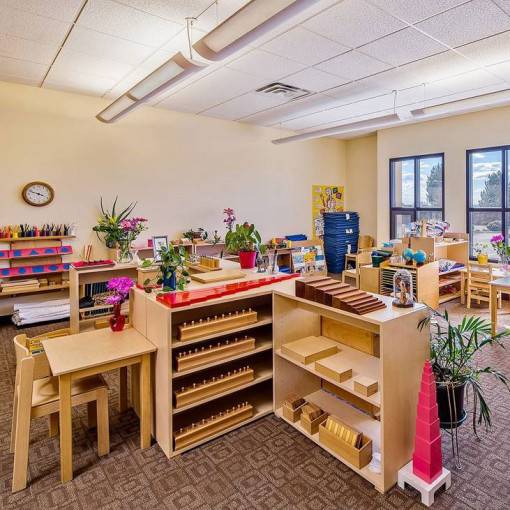
Structure and Order
While Structure and Order may appear to contradict the notion of Liberty Within Boundaries, both concepts synergistically encourage students' growth in areas like independence, confidence, concentration, respect for order, and a sense of security. The Montessori classroom's structure mirrors the universal order and structure. By presenting the classroom as a miniature universe, children begin to absorb the orderliness around them, which aids in comprehending their world. The accessible and orderly arrangement of the classroom and learning materials empowers students to find and use the resources they require. They also appreciate the importance of returning these tools to their correct spots and tidying their workspace, which contributes to a consistent and well-organized learning experience.
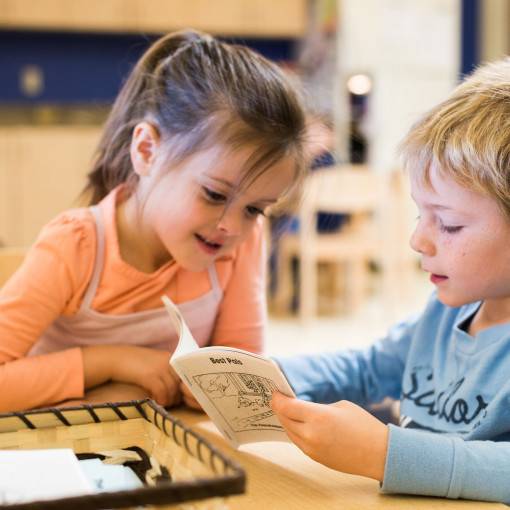
Universal Values
The Montessori Approach also promotes the cultivation of "Universal Values". Every aspect of an individual's development – physical, social, emotional, spiritual, cognitive, and aesthetic – is regarded as essential and interconnected. Teachers concentrate on promoting proper etiquette and imbibing basic universal values at the heart of a child's character. These values encompass self-esteem, appreciation of diversity, kindness, compassion, serenity, integrity, and personal responsibility. Children are inspired to interact with each other respectfully and kindly. Insulting and aggressive behaviors are typically infrequent and considered unacceptable.

